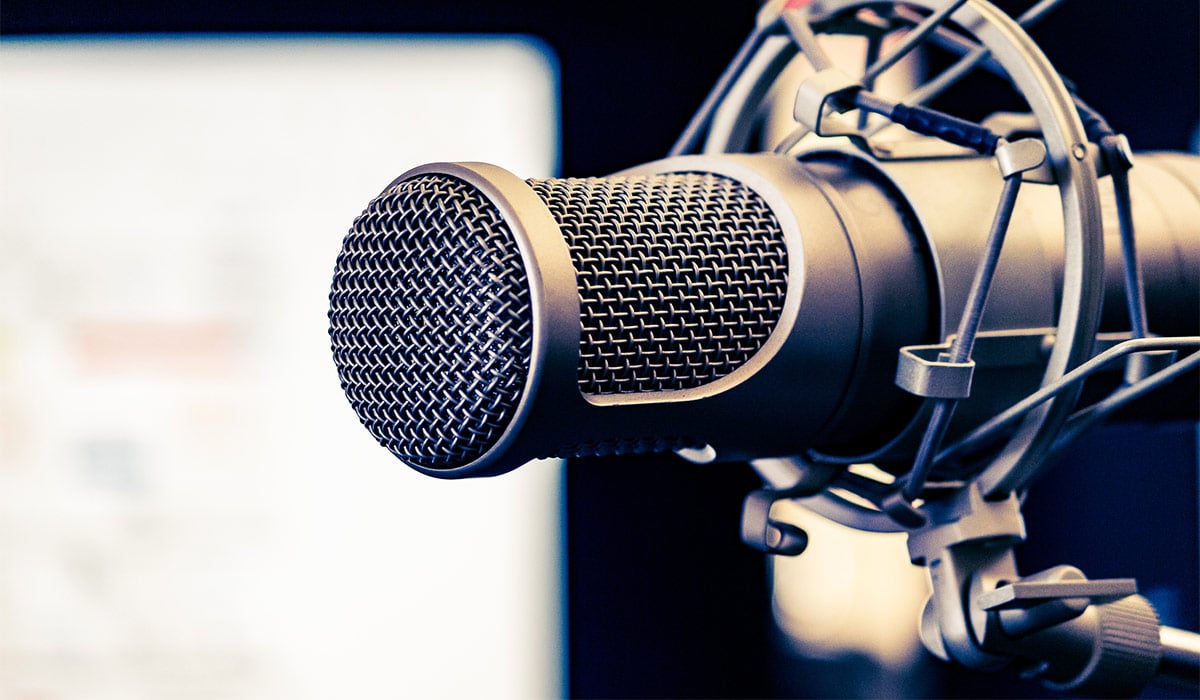Startup is a podcast that tells the warts-and-all story of Alex Blumberg’s effort to start a podcast company. You get to listen in as he stutters and stumbles through his first pitch to investors, stresses over what to call it and agonises over how much equity to give to his co-founder. It’s good listening — but it’s not radio. The story picks up just after Blumberg has quit his job with National Public Radio in the US. His idea is that podcasts, not radio, are the future of his industry. So he sets out to try his luck. Startup came…
Cancel at any time. Are you already a member? Log in here.
Want to read the full story?
Unlock this article – and everything else on The Currency – with an annual membership and receive a free Samsonite Upscape suitcase, retailing at €235, delivered to your door.

